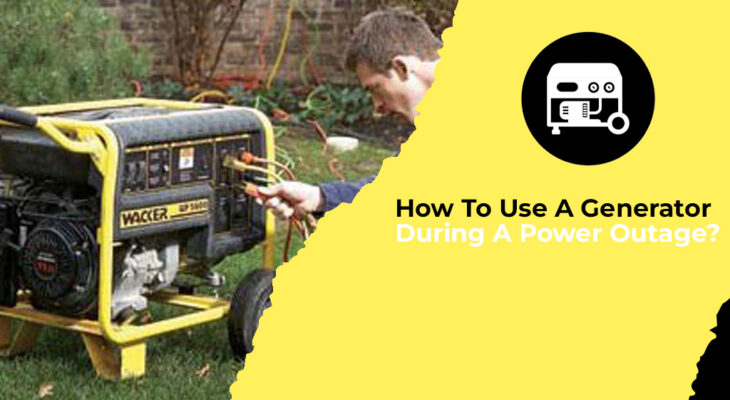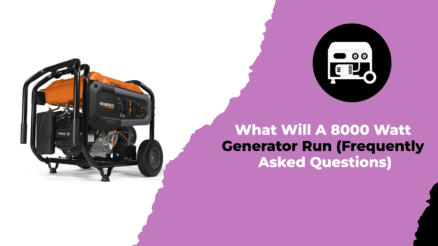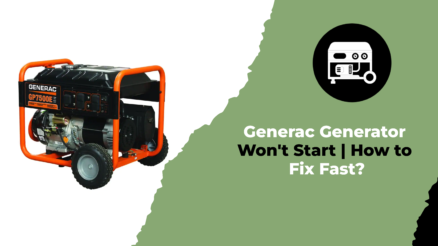Power outage strikes unexpectedly, leaving us without the modern conveniences we rely on daily. In these situations, a generator can be a lifesaver, providing essential electricity to keep your household running smoothly. However, it’s crucial to understand the proper usage and safety protocols to prevent accidents and ensure the efficient operation of your generator.
In this comprehensive guide, we’ll guide you through the process of selecting the right generator for your needs. We’ll explore different types of generators, their power output, and the devices they can support. We’ll also emphasize the importance of safety. We’ll discuss the necessary precautions, including proper ventilation, adequate grounding, and correct fuel handling.
By the end of this article, you’ll have the knowledge and confidence to utilize a generator effectively during a power outage, providing a reliable source of electricity until the main power is restored. Remember, preparedness is key, and with the right information, you can navigate power outages safely and minimize disruptions to your daily life.
Types of Generators
Let’s explore some of the different types of generators to help you make better decisions.
Diesel Generators
Diesel generators are known for their durability and ability to handle heavy loads and provide longer runtimes. They require regular maintenance, including oil and filter changes, and are best suited for applications where a constant power supply is needed.
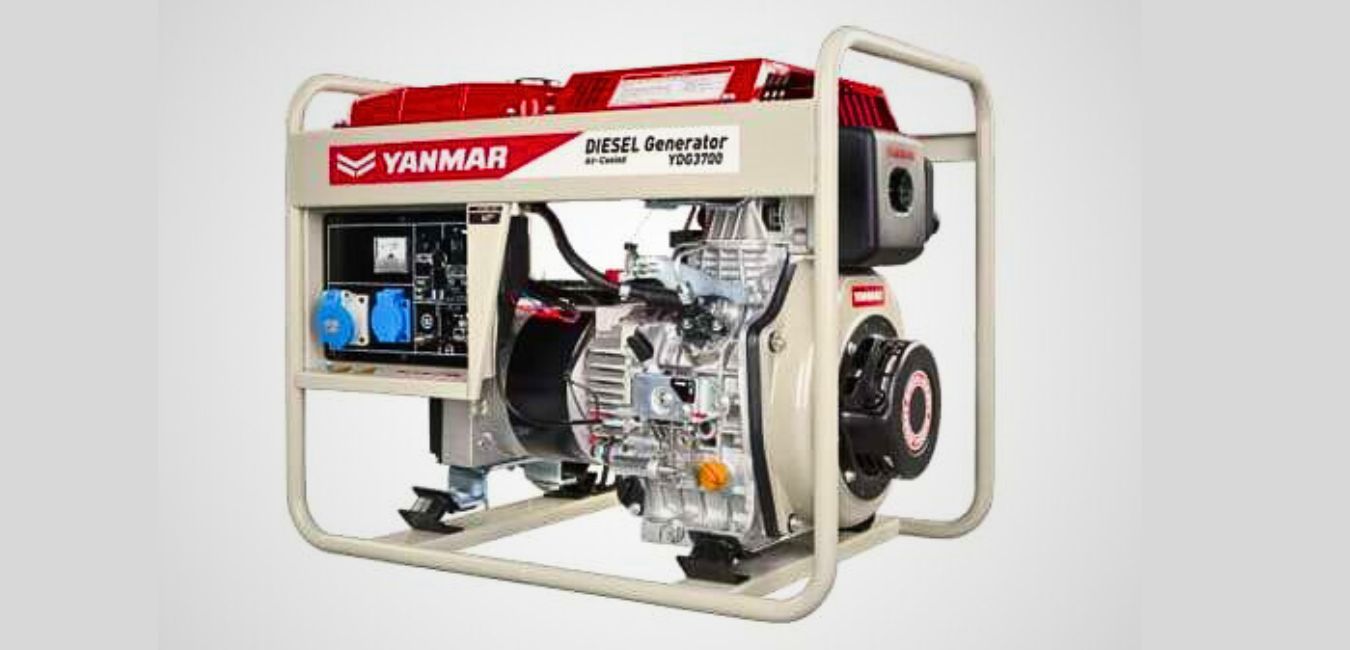
Gasoline Generators
Gasoline generators are popular due to their portability and versatility. Gasoline is readily available and can be stored for extended periods. However, gasoline generators have a shorter runtime and require more frequent refuelling compared to other types.
Propane and Natural Gas Generators
These generators are clean-burning and efficient options for backup power. Propane is easily stored in tanks, while natural gas can be directly connected to the generator. Propane and natural gas are less flammable than gasoline, making these generators safer to use in enclosed spaces.
Portable Solar Generators
Portable solar generators harness the power of the sun to provide clean energy. They are silent, emit zero emissions, and require minimal maintenance. However, they rely heavily on sunlight availability and cannot operate without it.
DELTA Solar Generators
It is a high-capacity power station that combines solar energy and battery storage. It offers a clean and sustainable power solution for various applications. It has an expandable battery capacity and multiple charging options. With advanced features and robust construction, it provides reliable and versatile off-grid power.
Smart Generator (Dual Fuel)
Smart generators with dual fuel capability offer flexibility and convenience. They can run on both gasoline and propane, allowing users to choose the fuel source based on availability or preference. These generators often feature advanced control panels with real-time monitoring, automatic power switching, and fuel efficiency optimization.
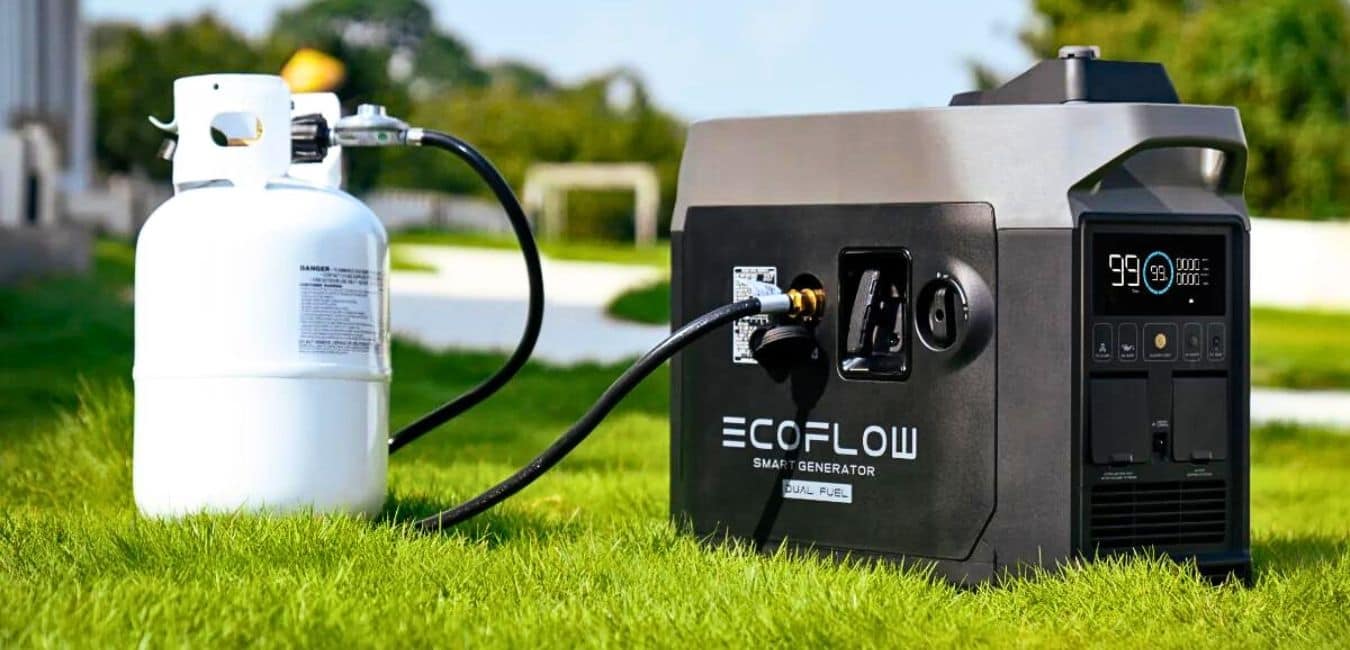
Smart Home Ecosystem
A smart home ecosystem allows you to use solar power to make use of different appliances and fulfil your needs. With this setup, you can opt to use solar energy at all times instead of just when there is a blackout. This makes it better due to the positive impact on the environment and on your wallet. Although, these are generally used for small setups.
Safety Guidelines to Follow
When using a generator during a power outage, it’s essential to prioritize safety to prevent accidents and ensure the well-being of everyone involved. Follow these guidelines to use a generator safely:
- Generator Location:
The generator should be placed in a well-ventilated area, away from windows, doors, and vents. Carbon Monoxide is an undetectable gas emitted by generators so proper airflow has to be ensured to prevent CO buildup. - Grounding and Electrical Connections:
The generator should be properly grounded to prevent electrical shocks. You can use grounded extension cords and connect appliances directly to the generator’s outlets. Avoid overloading the generator to prevent overheating and electrical hazards. - Fueling Safety:
Allow the generator to cool down before refuelling. Use fresh fuel and store it in approved containers in a safe, well-ventilated area. Avoid spilling fuel and clean up any spills promptly. Keep flammable materials away from the generator. - Fire Protection
Keep fire safety in mind by placing a fire extinguisher nearby and knowing how to use it. Never refuel a generator while it is running or hot. Allow the generator to cool down before storing it. - Electrical Code Compliance:
Adhere to local electrical codes and regulations when installing and operating a generator. If you are unsure, consult a licensed electrician for guidance. - Maintenance and Inspection
Perform regular maintenance as recommended by the manufacturer, including checking oil levels, spark plugs, and air filters. Inspect the generator for any signs of damage or wear and address them promptly.
Setting Up Your Generator
Here are some important things you should keep in mind.
Check Oil Levels
Before starting your generator, it’s crucial to check the oil level. If it’s low, add the recommended oil type gradually, allowing time for it to settle before rechecking the level. Overfilling can lead to engine damage, so be cautious and add oil in small increments.
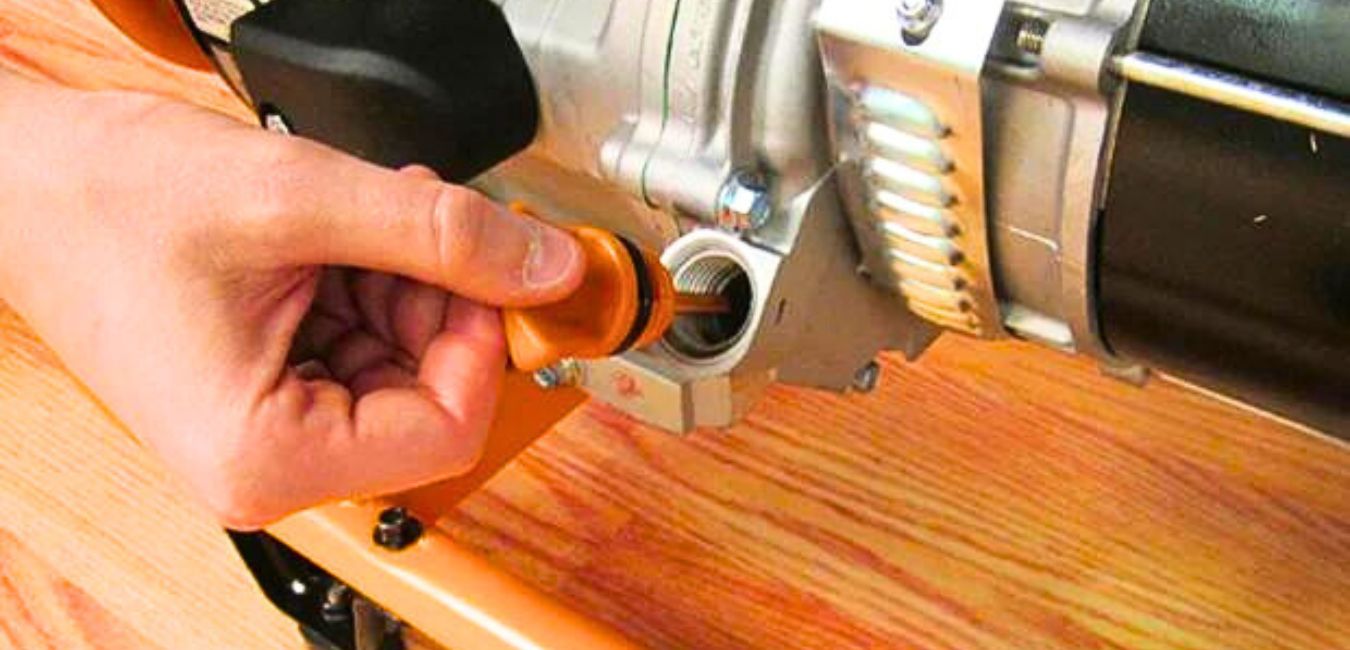
Fueling the Generator
Use the fuel recommended by the manufacturer and avoid using stale or contaminated fuel. Turn off the generator if it’s already running, and let it cool down before refuelling. Try to blend old fuel with fresh supply as it can make it difficult for the engine to start.
Unplug Cords to Eliminate the Load
Before starting the generator and connecting appliances, unplug all cords and extension cords from the generator’s outlets. This ensures that no appliances are inadvertently powered on or overloaded when the generator starts. Leaving cords plugged in during startup can lead to electrical issues and damage to connected devices.
Starting Your Generator
Starting your generator is the first step to ensuring that you have power during an outage. Before starting, make sure the generator is in a well-ventilated area and away from any flammable materials. Here’s how to start it up:
The fuel Valve is engaged
The first step is to locate the fuel valve and turn it on. This will allow fuel to flow into the engine so that it can start up.
The choke is activated
Next, you’ll have to adjust the choke. The choke helps regulate airflow into the engine during startup, which can be particularly helpful when temperatures are cold or if the generator hasn’t been used in a while. Adjusting the choke will help ensure that enough air is getting into the engine for
The ignition switch is turned on
Starting your generator can be a daunting task, but it’s essential to ensure you have power during an outage. After checking the fuel valve and engaging the choke, you’ll need to locate the ignition switch. The ignition switch is typically located on the control panel of your generator.
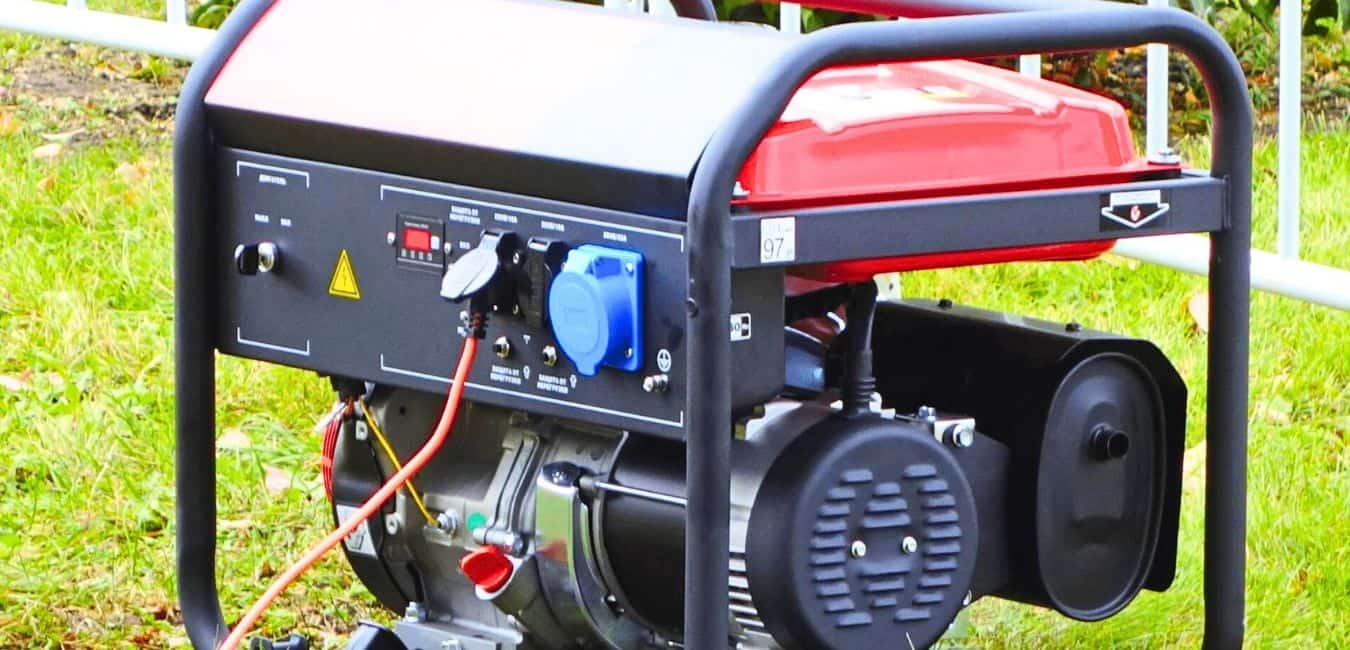
The starter or pull cord is used
Once you’ve located the ignition switch, turn it on to activate your generator’s electrical system. If your generator has an electric starter, press and hold down the starter button until the engine starts running smoothly. If it doesn’t start within 5 seconds, release it and wait for at least 10 seconds before trying again.
The engine successfully begins running
If your generator doesn’t have an electric starter or if its battery is dead, use a pull cord instead. Locate the cord near the engine area and give it a good tug with a steady motion until you feel resistance in return. This means that you’ve engaged with enough force to start up your machine.
Connecting your Generator
Connecting your generator is a crucial step in ensuring that you have power during an outage. And by following these following steps below correctly and carefully, you’ll be able to use your portable generator during a power outage effectively.
- Pull the cords to start the generator.
The first step in connecting your generator is to run cords from the generator to the appliances or devices that need power. When selecting cords, make sure they are rated for outdoor use and can handle the load of the appliances you plan to connect.
- Establish a connection with the generator.
After successfully starting your generator, it’s time to connect it to your home appliances and other devices. But before doing so, make sure that the generator is placed in a well-ventilated space outdoors or in an open area. Also, ensure that the cords and extensions used are of high quality and rated for outdoor use.
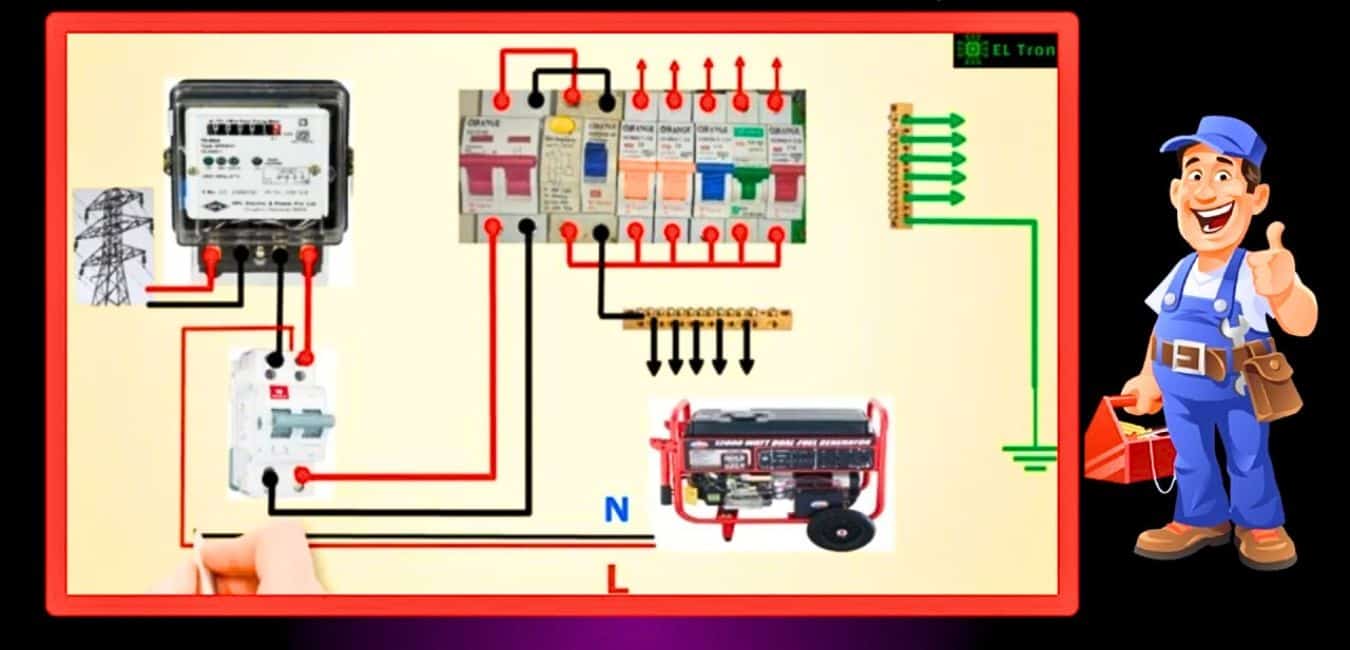
- Link the appliances to the generator.
Once everything is connected properly and safely, you can now turn on your appliances one by one using their corresponding switches or buttons. Remember not to exceed the recommended wattage capacity of your generator when connecting different appliances simultaneously.
Tips for Using a Generator
When using a generator during a power outage, there are some tips you should follow to ensure your safety and the proper functioning of the generator.
- Operating a generator indoors or in a confined area should be strictly avoided due to the potential risk of carbon monoxide poisoning.
- Prior to handling the generator, it is important to ensure that both your hands and feet are dry.
- During the operation of the generator, it is crucial to keep all flammable materials at a safe distance from it.
- To prevent damage to both your generator and connected appliances, it is vital to avoid overloading the generator by connecting an excessive number of appliances simultaneously.
- It is important to regularly inspect and ensure that the oil and fuel levels of your device are adequate for optimal performance.
How To Use A Generator During A Power Outage – FAQs
Conclusion
In summary, a generator can be an essential tool during a power outage. It provides the necessary backup power to keep your home appliances and devices running until electricity is restored. However, it’s crucial to ensure that you know how to use your generator correctly and safely.
By following these simple steps while using a portable generator during power outages will help ensure safe usage of such equipment at home emergencies rather than making things worse with mishandling or wrong usage patterns that can lead to life-threatening situations for homeowners who don’t know what they’re doing when handling generators!


